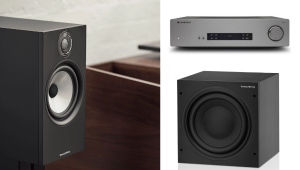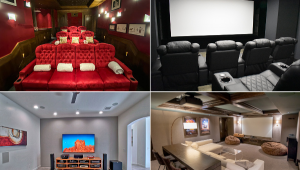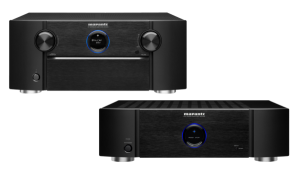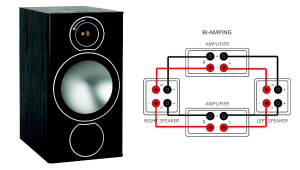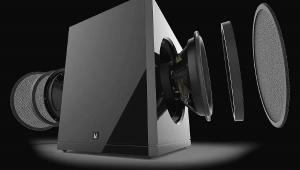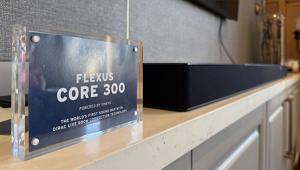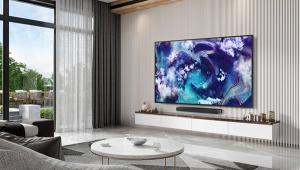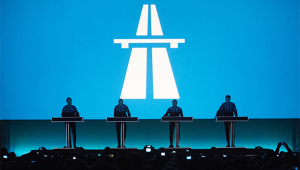Front vs. Rear Projection

Grant
I assume you mean using a standalone video projector in a rear-projection configuration, not a rear-projection TV such as those from Mitsubishi. Front projection requires an opaque, reflective screen, and the projector is typically in the same room as the viewers. In a rear-projection situation, the projector is placed behind a translucent, transmissive screen, typically in an adjoining room, and the screen is mounted in a hole in the wall between the rooms.
A rear-projection system such as this is generally far more expensive than a front-projection setup, in part because it requires a separate room—or at least a significant amount of space—dedicated to the projector. Also, rear-projection screens, such as Stewart's StarGlas (seen here in an outdoor installation), are quite expensive as well.
Front-projection systems typically require a very dark room to look good, and if you walk in front of the screen, you cast a shadow on the image—and you could be blinded by the projector's light. A rear-projection setup is more like a giant flat-panel TV—depending on the light output of the projector, it can look good despite some ambient light, and you don't cast a shadow or get blinded if you walk in front of the screen.
As for consumer-oriented projection technologies, very broadly and generally speaking, DLP is used mostly in more expensive models, while LCD is found more in budget projectors, and LCoS more or less straddles that gap. There are certainly exceptions to this, and I've seen all three technologies look great, though DLP is sometimes a tad sharper in detail than LCD and LCoS because the edges of the pixels are more sharply defined.
If you have an A/V question, please send it to askscottwilkinson@gmail.com.
- Log in or register to post comments


